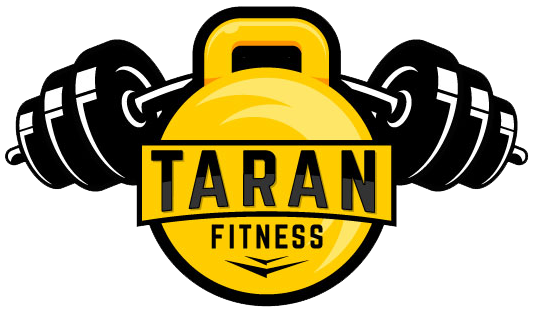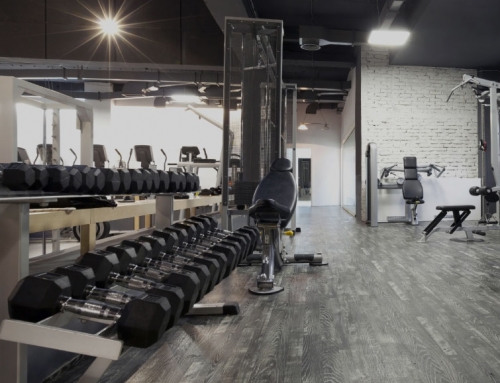When it comes to fitness training, one of the age-old debates revolves around the choice between using free weights or relying on your body weight for resistance. Both methods have their merits, and the choice ultimately depends on your goals, preferences, and individual circumstances. In this blog, we’ll explore the benefits and drawbacks of training with free weights and body weight exercises to help you make an informed decision and find the right balance for your fitness journey.
Training with Free Weights
Free weights, such as dumbbells, barbells, and kettlebells, offer several advantages for those looking to build strength and muscle mass:
- Progressive Overload: Free weights allow you to easily adjust the resistance, making it possible to gradually increase the weight as you become stronger. This principle of progressive overload is essential for muscle growth.
- Isolation and Targeting: Free weights enable you to isolate specific muscle groups more effectively. You can perform exercises like bicep curls or lateral raises to focus on individual muscles.
- Versatility: The variety of free weight exercises is virtually limitless. From compound movements like squats and deadlifts to isolation exercises, you can tailor your workout to your specific goals.
- Functional Strength: Free weight training often mimics real-world movements, enhancing functional strength and making everyday activities easier.
However, training with free weights also has its downsides:
- Learning Curve: Proper form is crucial with free weights to prevent injury. Beginners may need guidance or supervision to perform exercises correctly.
- Equipment Access: Access to a well-equipped gym with a range of free weights may not always be convenient or affordable.
- Potential for Injury: When lifting heavy weights, there’s a higher risk of injury if you don’t use proper technique or push yourself too hard.
Training with Body Weight
Body weight exercises, which include push-ups, squats, planks, and more, are a popular choice for those seeking a more minimalistic and convenient approach to fitness:
- Accessibility: Body weight exercises require little to no equipment and can be performed anywhere, making them accessible to virtually anyone.
- Functional Fitness: Many body weight exercises mimic natural movements, helping improve overall fitness and agility.
- Low Cost: You don’t need to invest in expensive gym memberships or equipment to get a good workout.
- Reduced Risk of Injury: Body weight exercises typically have a lower risk of injury compared to lifting heavy weights.
However, body weight training also has its limitations:
- Limited Resistance: Progression can be more challenging with body weight exercises since you can’t easily adjust the resistance. Over time, these exercises may become less challenging for advanced athletes.
- Muscle Mass Gain: While body weight exercises can build strength, they may not be as effective as free weights for muscle hypertrophy (muscle growth).
- Plateaus: It can be easier to hit plateaus in your training with body weight exercises because you can’t continually increase the resistance as with free weights.
Finding Your Balance
The decision between training with free weights or body weight exercises doesn’t have to be an either-or choice. Many fitness enthusiasts find success by incorporating elements of both into their routines:
- Periodization: Alternate between phases of free weight and body weight training to challenge your muscles in different ways.
- Hybrid Workouts: Combine free weights and body weight exercises within the same workout to maximize versatility and results.
- Functional Training: Prioritize body weight exercises for functional strength and mobility while using free weights for muscle-building and power.
- Goals Matter: Tailor your choice to your fitness goals. If you want to bulk up, prioritize free weights. For overall fitness and convenience, body weight exercises may be ideal.
Conclusion
In the end, the decision to train with free weights, body weight exercises, or a combination of both should align with your goals, preferences, and circumstances. There’s no one-size-fits-all answer, and the best approach is the one that keeps you engaged and consistent in your fitness journey. Whether you prefer the clang of iron or the simplicity of a body weight routine, staying active and committed is the most important factor in achieving your fitness goals.







Leave A Comment